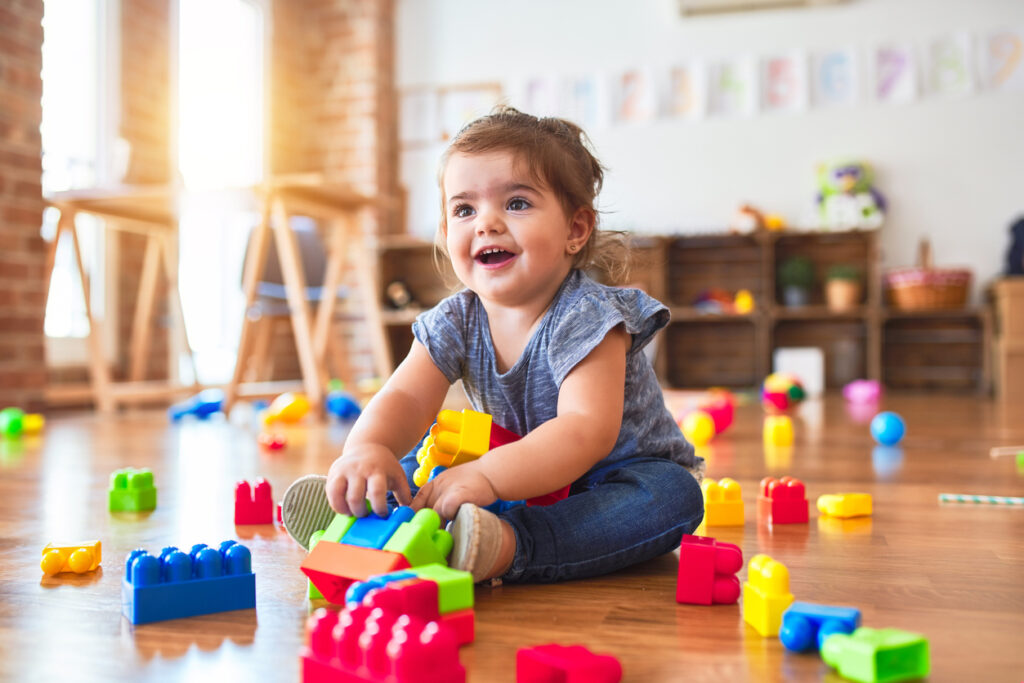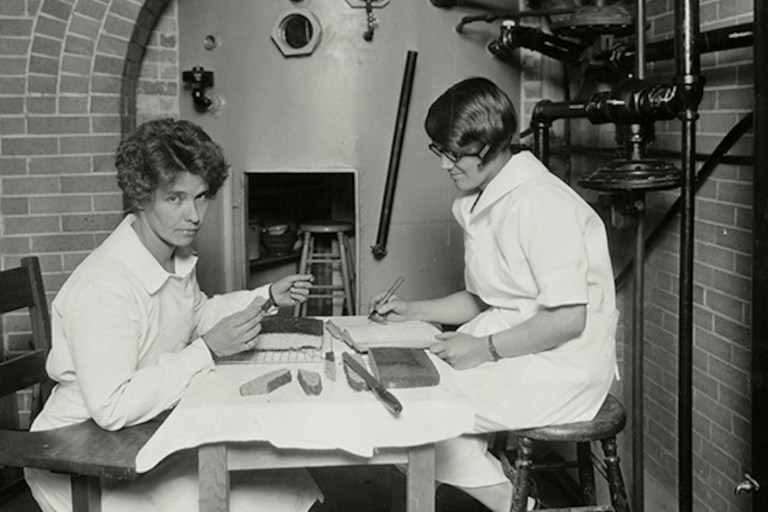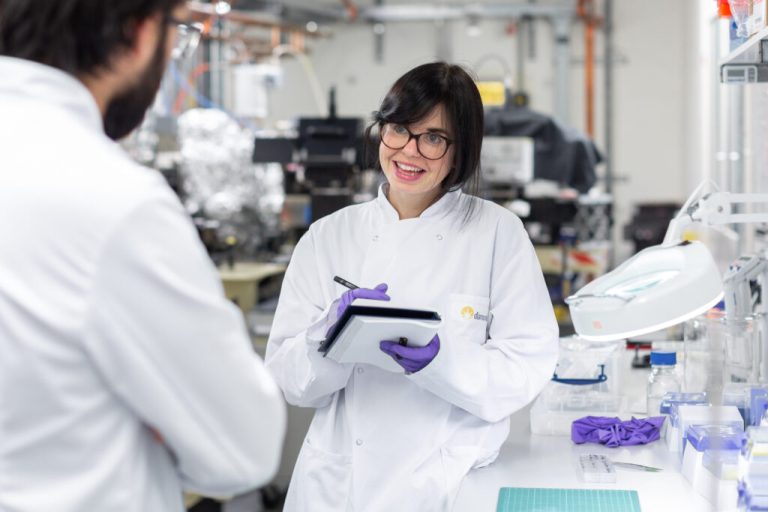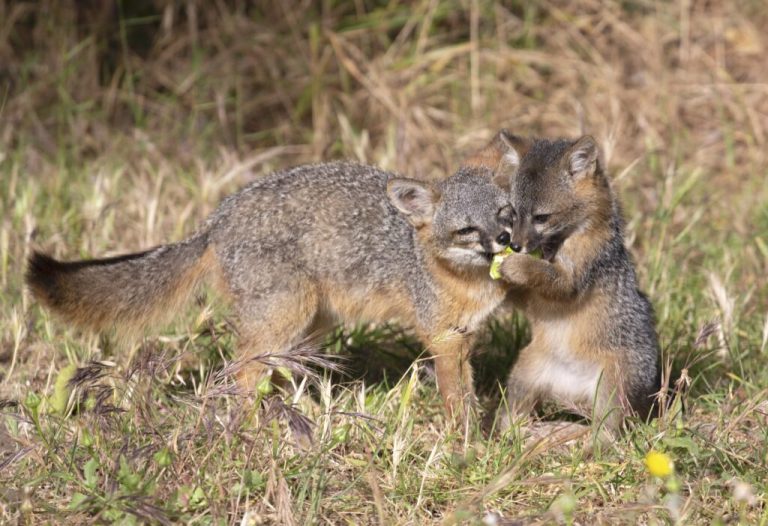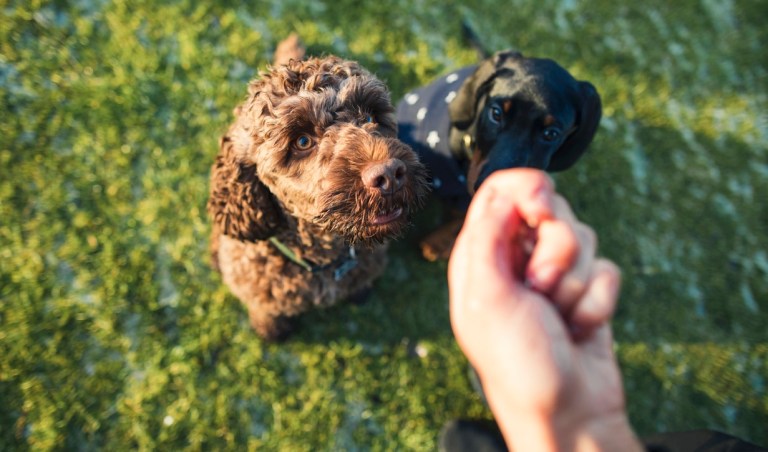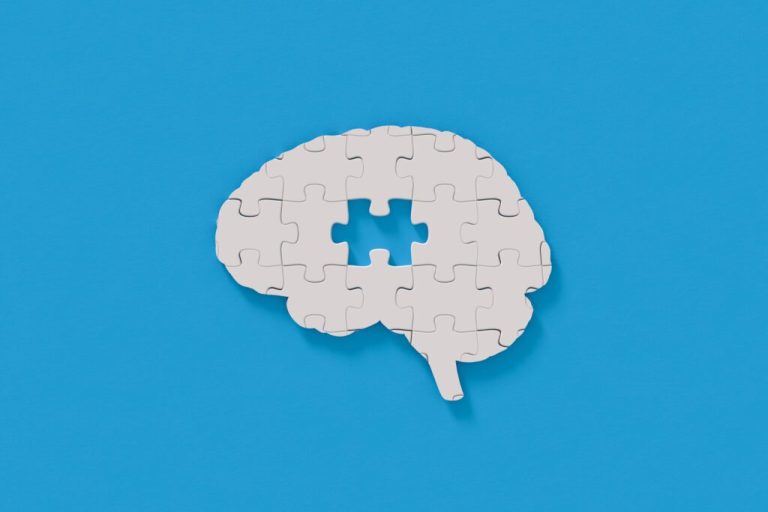Linguistically, an infant’s “goo goo, gaga” may not command the same respect as, say, a Shakespearean soliloquy, but the study of how babies talk could shed light on our understanding of language learning in adults.
At UCLA’s Language Acquisition Lab, director Megha Sundara and a team of colleagues investigate all things baby babble: when and why it begins, and how it helps little ones start speaking in real words. But making sense of their monologues isn’t exactly a straightforward undertaking, so researchers rely on some well-placed microphones, a recording studio, and their own expertly trained ears.
Participating parents bring their babies into the lab, where they’re mic’d up and placed on a colorful mat with some soft toys. “And then that’s it. We let the baby loose and we tell the parents to interact with the babies,” Sundara shared with NPR on a recent episode of Short Wave.

Her team’s experiments have unlocked some interesting insights. For example, while babies who are around 6-7 months old all generally sound alike, after that age, they start “drifting” toward their native languages in terms of pitch and intonation, something Sundara ascribes to their ability to mimic sounds.
And according to a 2020 study performed at the lab, 1-year-old monolingual babies needed only about five total hours of exposure to a second language to start changing the way they vocalize. The study involved recording the tots as they interacted with their parents — who would speak in either English or Spanish, whichever was their native language — in 30-minute increments. They then interacted with a research assistant in the opposite language for the same amount of time.
“In the first 30 minutes, because the person talking to them was in English, their utterances were shorter. And in the second session, when it was a Spanish-speaking person, their utterances were longer, had more syllables in it,” Sundara explained. “That’s how plastic they are and how attuned to the context because, yeah, it’s communication. They’re communicating with this person. They will do what this person does if they can.”
And those findings on baby babble may also shed light on the way adults learn language.
“There are a couple of things that work for babies that work for adults, too. One is [that] learning is social,” she said, adding that adults learn best in immersion contexts. “Social interaction — it’s contingent, it gives you feedback, it gives you rewards, reinforcement, all of that. So that’s a thing that babies and adults learn the same way.”
Sundara’s most important, though perhaps least surprising, takeaway from years of observing infants? “No matter what the babies do, they’re cute.”
RELATED: Spontaneous Baby Movements Serve a Larger Purpose Than Previously Thought, New Study Finds
